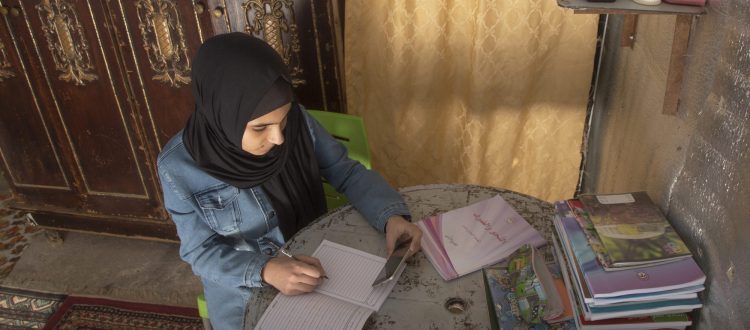Banned from schools and robbed of hope, Empower Girls with Education to Recapture their Dreams
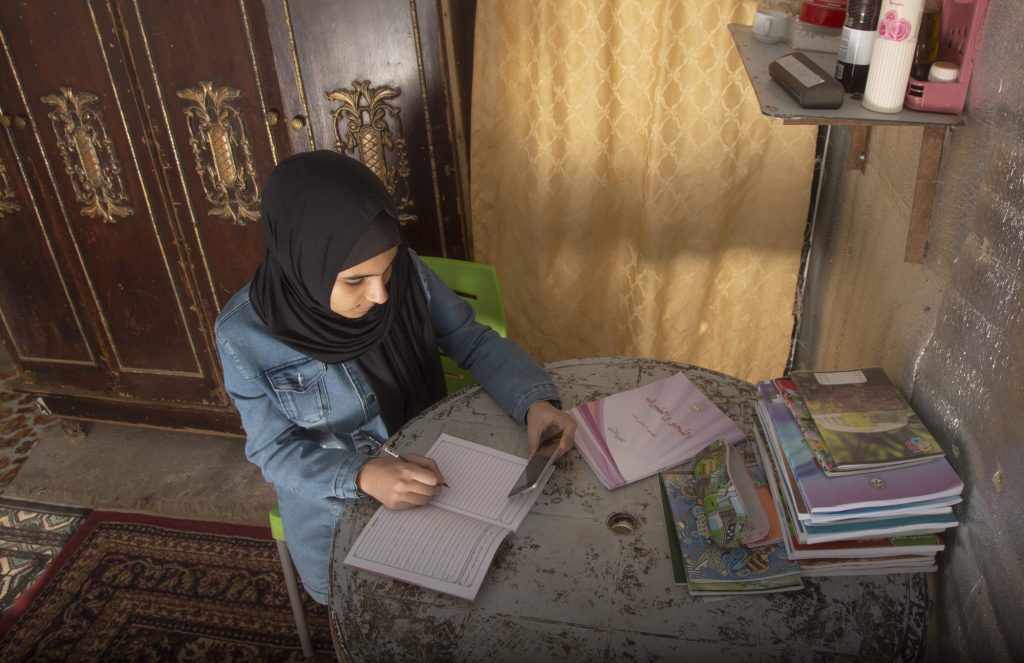
Education is a basic human right, but around the world, there are still many girls who cannot receive education because of traditional ideas, religious disputes, political turmoil, or poverty. Since the Islamic fundamentalist organisation Taliban issued a ban last year, girls in Afghanistan have been barred from attending primary, secondary, and university schools, denying them all opportunities to learn. Why would girls be ruthlessly hampered and have their lives jeopardised simply because they want to pursue an education today?
Girls Deprived of the Rights to Learn
The ongoing conflict has completely turned the lives of children upside down. They are forced to leave their hometowns to escape the war and become refugees. They live a life of displacement and lose the opportunity to go to school. According to UNESCO’s estimation, there are currently 222 million crisis-affected children and youth in need of emergency education support worldwide. During political or religious conflicts, girls’ rights to education and autonomy are often the first to be sacrificed. Girls are targeted because of their gender in at least 11 countries, according to the Global Coalition to Protect Education from Attack. In some countries, such as Afghanistan, Nigeria, and Pakistan, armed groups have even targeted female students and teachers, using threats of violence or attacks to prevent women from accessing education.
Since the overthrow of the Taliban regime in Afghanistan in 2001, girls have enjoyed education opportunities for 20 years. After the Taliban returned to power last year, women’s rights deteriorated rapidly. Girls’ right to education was once again deprived, they were forced to suspend their studies, destroying their bright future. Some female students described losing their right to education as being like birds with broken wings who are unable to fly freely to their dreams.
The Long Way to Equal Rights for Girls in Schools
Being barred from school because of gender may seem outrageous, but it still happens all over the world, and countless girls lose their chance to shine. Looking back at history, girls have to overcome multiple barriers and actively promote policy changes before they can see hope for education. In China, women were once influenced by the traditional thought that “a woman is virtuous without talent”, and it was recommended that women should stay at home and take care of their husbands and children; there was no need to pursue learning. As society evolved, women’s educational rights were valued. During the 1960s, primary school’s enrolment rate of Chinese women was only 20%. Since the promulgation of the “Compulsory Education Law” in 1986, it has increased to more than 90%.
In the United States, during the early colonial era, higher education was only for men. Driven by the wave of feminism in the 20th century, women actively fought for their rights to higher education. For the first time in 1980, the number of men and women enrolled in American universities was equal, and women have since surpassed men in terms of universities enrolment and graduation rates.
In India, influenced by the traditional belief in men’s superiority over women, child marriage is prevalent. Unprivileged girls are forced to bid farewell to school life and become child brides, losing their autonomy in life. Since 2002, the Indian Parliament has proposed a constitutional amendment to actively promote the protection of girls’ rights to education and implemented the “Right to Education Act” in 2009, stipulating that children aged 6 to 14 must receive compulsory education. Following policy promotion, Indian girls’ primary school enrollment increased gradually from 74% in 2002 to over 90% today. But despite this, the laws and regulations still make it difficult to reverse the local tradition, causing the dropout rate for girls to remain high.
Without a doubt, the right of girls to education has been fought with much blood and tears. However, in many developing countries, there are still many girls who cannot go to school because of factors such as traditional concepts, religious beliefs, gender-based violence, and poverty. According to UNESCO, there are 129 million girls out of school around the world, and there is still a long way to go in strengthening girls’ educational rights.
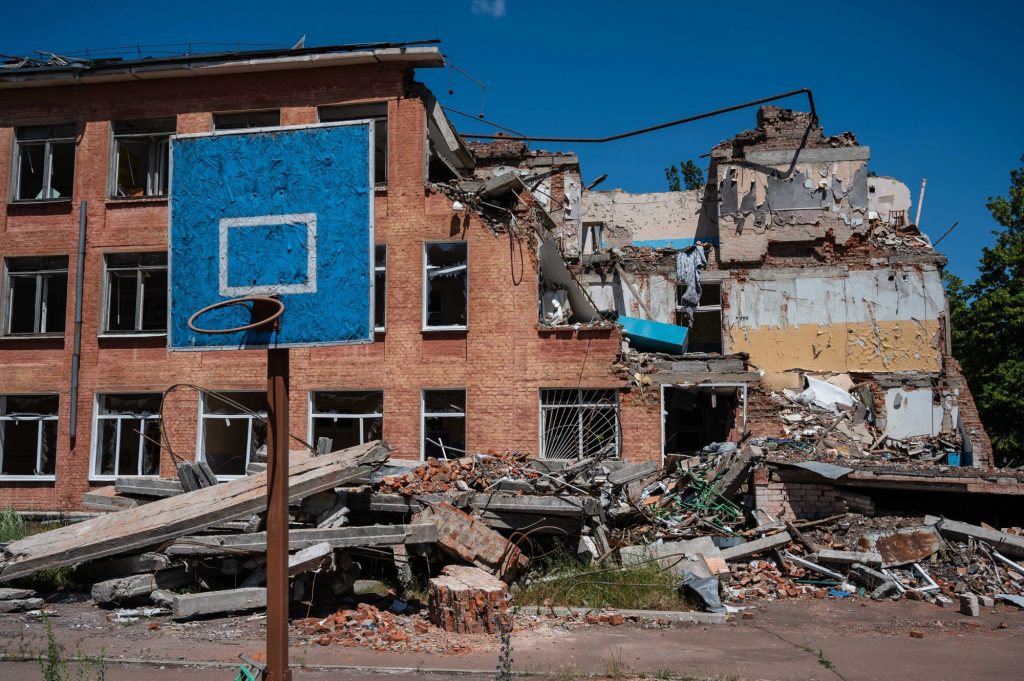 The “Save Schools in Ukraine” report from Ukraine’s Ministry of Education and Science shows that 2,300 schools were damaged by bombing and shelling, and at least 286 were completely destroyed.
The “Save Schools in Ukraine” report from Ukraine’s Ministry of Education and Science shows that 2,300 schools were damaged by bombing and shelling, and at least 286 were completely destroyed.
Empower Girls With Education to Fight For Equality
Former South African President Nelson Mandela once said, “Education is the most powerful weapon for changing the world.” Education can empower girls to speak for themselves and let them bravely fight against injustice in the world. Malala, the youngest Nobel Peace Prize winner, is the best example. In 2009, she experienced the Taliban banning girls from school in Pakistan and bombing more than 100 girls’ schools. From then on, she was determined to record the Taliban’s prohibition on girls’ education and girls’ desire for education. Later, she was shot by the Taliban terrorist, but she has never been repelled by violence and has insisted on fighting for women’s right to education. Her fight, which influences the world, is a force that even bullets can’t pass through.
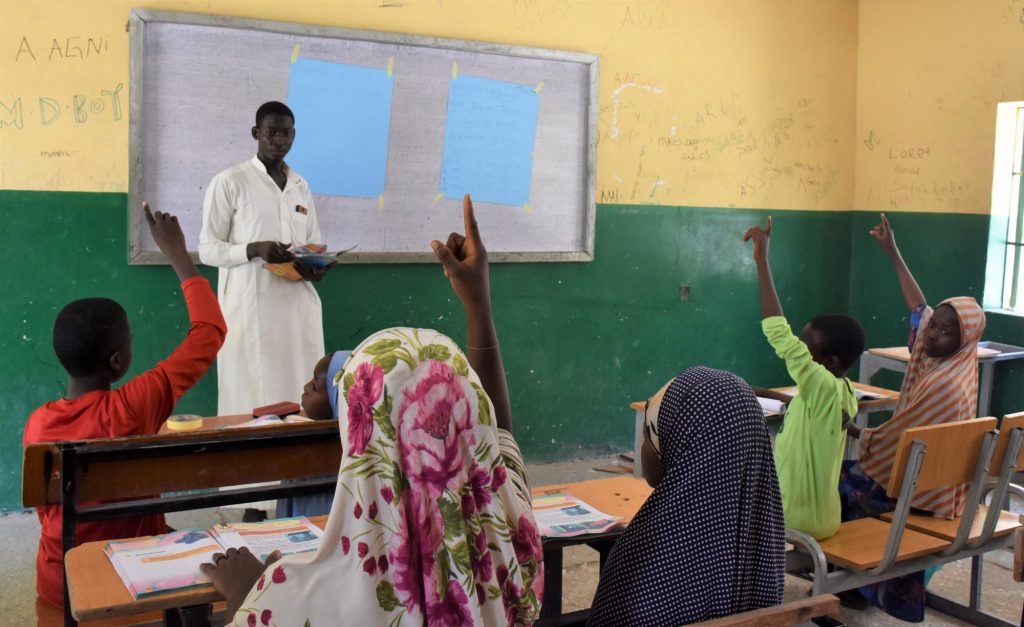 In northeast Nigeria, ravaged by a decade-long conflict, Plan International, with funding from Global Affairs Canada, is implementing a programme to provide accelerated education programmes for affected children and girls and to help refugee children catch up with their studies, starting in June 2021. More than 2,245 children have benefited, of whom about 70% are girls.
In northeast Nigeria, ravaged by a decade-long conflict, Plan International, with funding from Global Affairs Canada, is implementing a programme to provide accelerated education programmes for affected children and girls and to help refugee children catch up with their studies, starting in June 2021. More than 2,245 children have benefited, of whom about 70% are girls.
Over the years, Plan International has committed to protecting the educational rights of children and girls, improving the lives of conflict-affected children, and providing a safe educational environment in different regions; to protect girls from the risks of child marriage and pregnancy due to a lack of schooling, including:
- Actively lobbying in conflict-ridden West and Central Africa since 2016, convincing governments to sign the “Safe Schools Declaration”, promising to ensure school safety and provide adequate resources to protect girls’ right to education.
- Advocating for governments to increase education resources through participation in international conferences, including the Global Partnership for Education Replenishment and the Climate Summit, Cameroon, Chad, Guinea, Malawi, Niger, Pakistan, and Tanzania have made political commitments to guarantee girls’ education.
- Providing safe education environments for conflict-affected children and children in conflict-ridden areas such as Uganda, Haiti, Ethiopia and Ukraine.
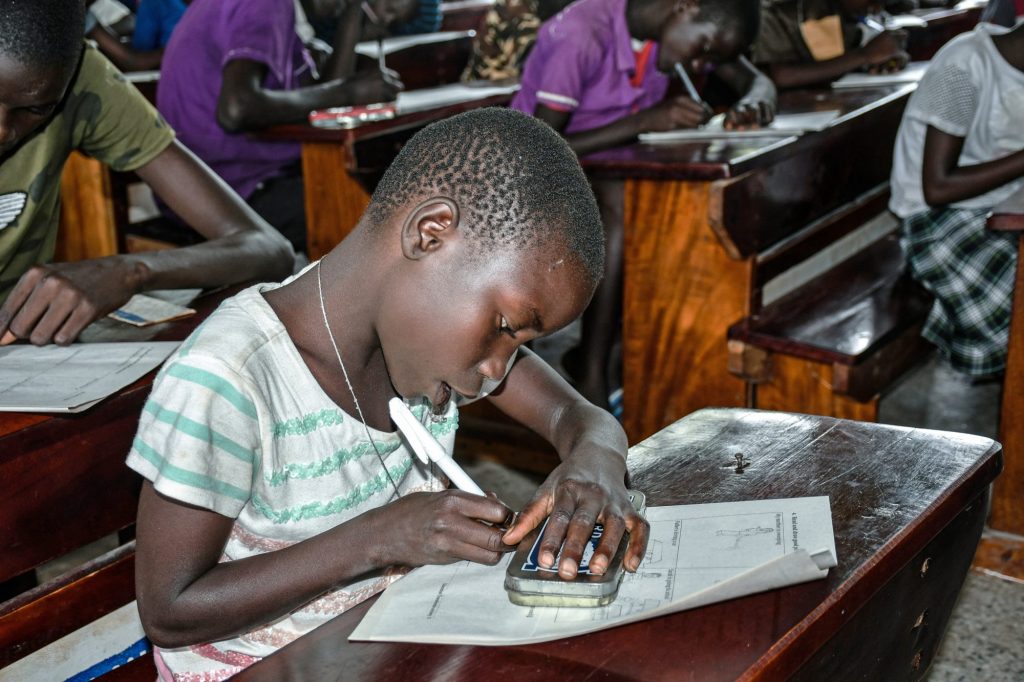 Refugee settlements in Uganda are filled with refugee children fleeing conflict in South Sudan and the Democratic Republic of the Congo. To support conflict-affected children and girls returning to school, Plan International launched a project to provide an accelerated education programme to help refugee children catch up on their learning progress.
Refugee settlements in Uganda are filled with refugee children fleeing conflict in South Sudan and the Democratic Republic of the Congo. To support conflict-affected children and girls returning to school, Plan International launched a project to provide an accelerated education programme to help refugee children catch up on their learning progress.
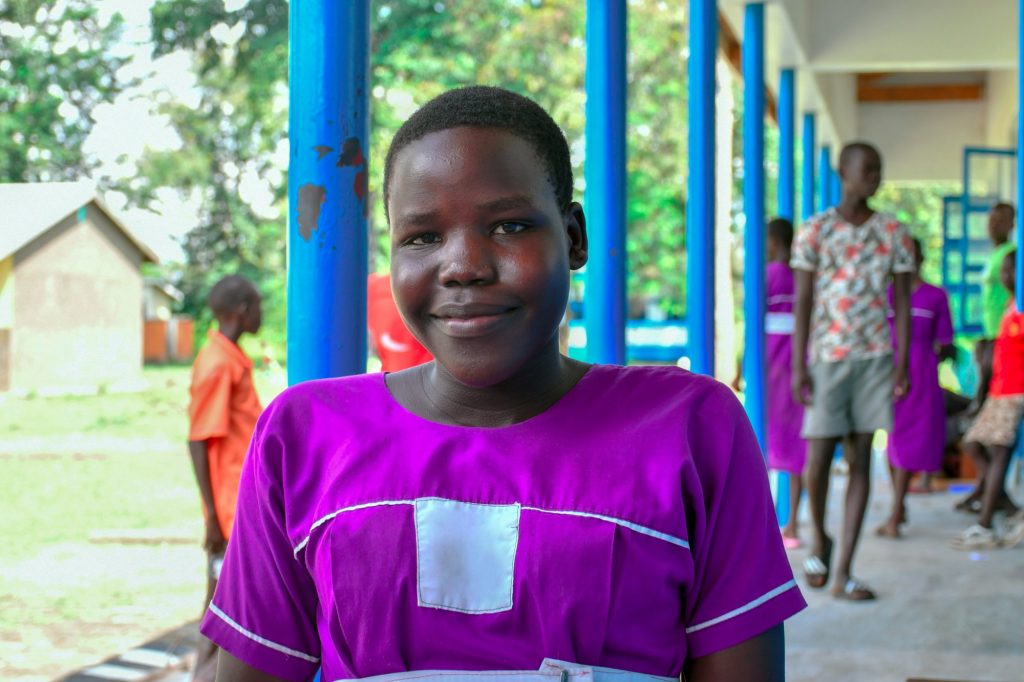
17-year-old Scovia is one of the beneficiaries, who had dropped out of school for three years: “I was worried that the other children would laugh at me because of my age, but they didn’t. The teachers often encouraged us to concentrate on learning and tell us not to underestimate our abilities.”
Plan International believes that girls are never lacking in ability, but lacking in opportunities to develop their strengths. Let’s protect girls’ educational rights together, so that they can utilise knowledge as a sword and have the opportunity to realise their life aspirations.
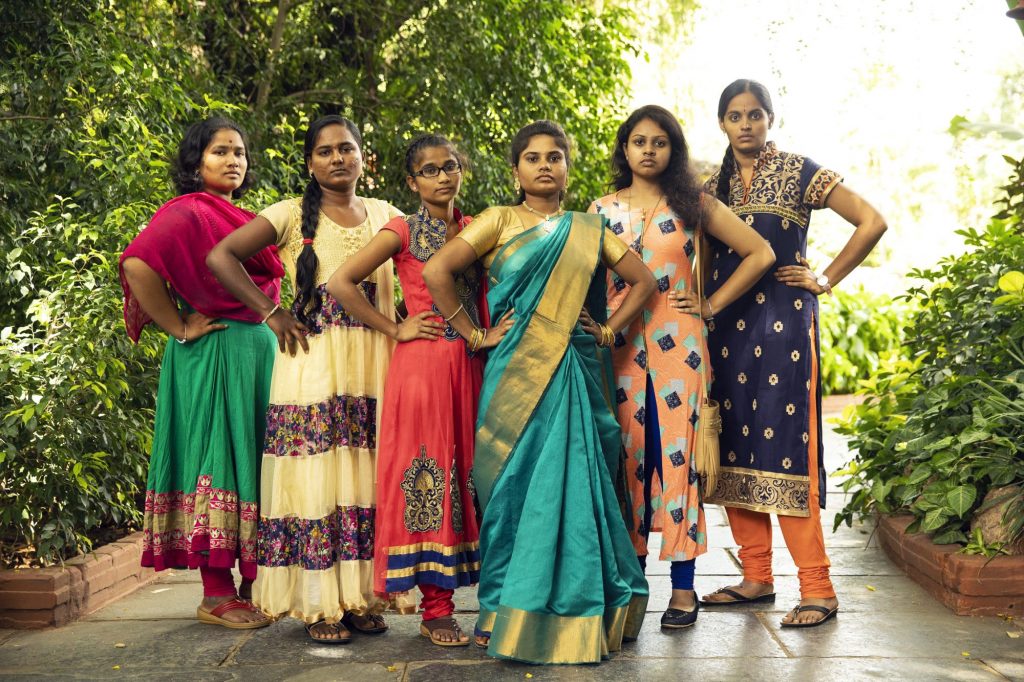 Through various programs, Plan international is committed to empowering girls to speak for themselves and to make a difference by lobbying religious leaders, community members and local authorities to protect girls’ right to education and reduce child marriage, child trafficking and other forms of violence against girls and women.
Through various programs, Plan international is committed to empowering girls to speak for themselves and to make a difference by lobbying religious leaders, community members and local authorities to protect girls’ right to education and reduce child marriage, child trafficking and other forms of violence against girls and women.
